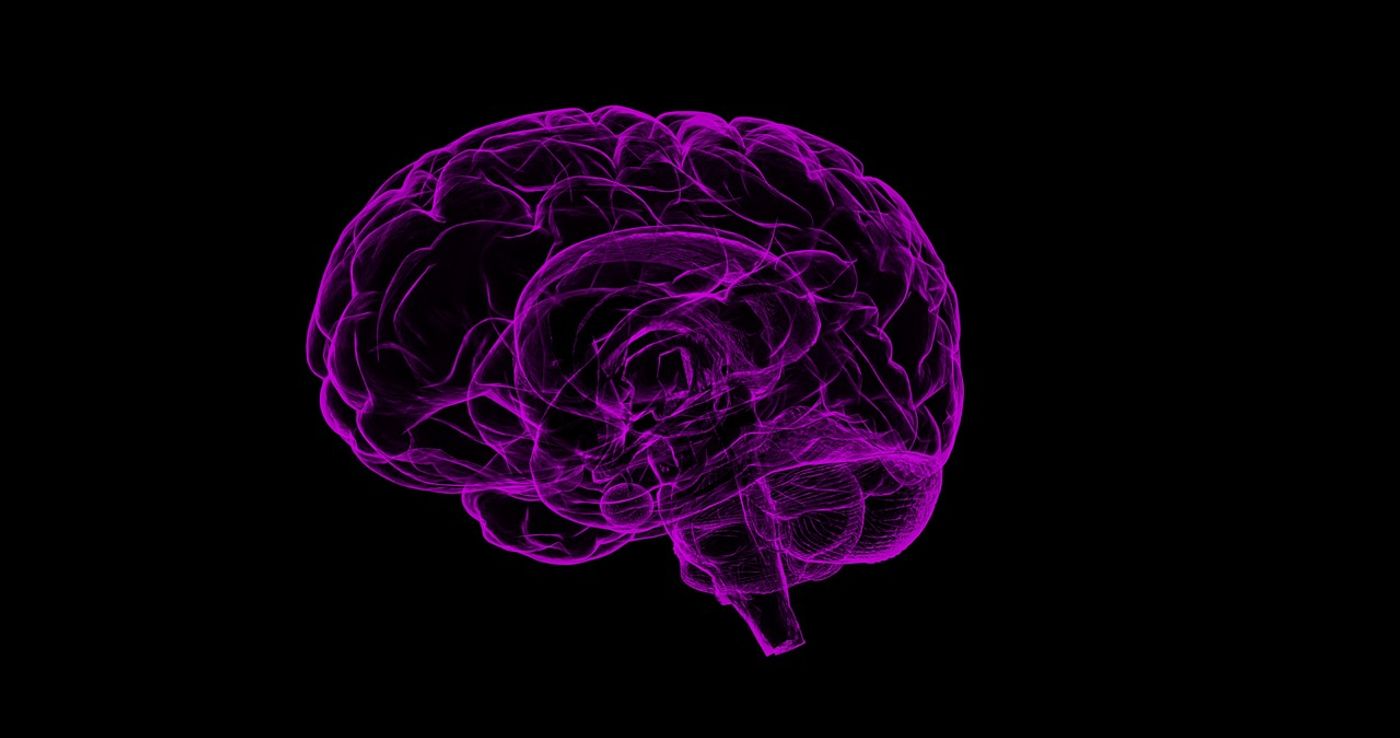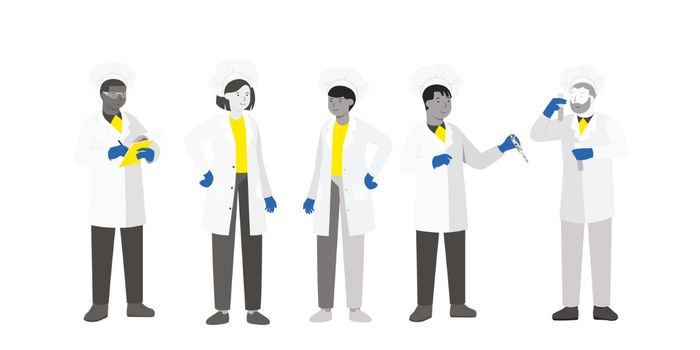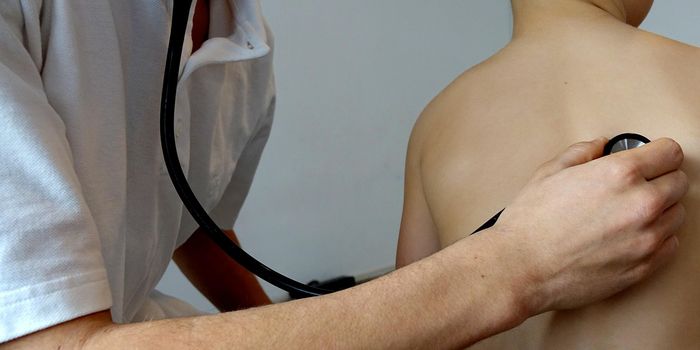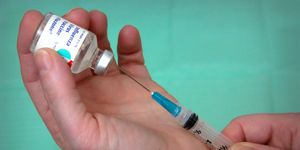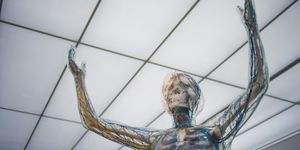Taking a Closer Look at a Disease-Linked Protein
Alzheimer's disease has two major hallmarks in the brain that involve misfolded versions of two proteins, one called amyloid-β and one called tau. Aberrant tau has also been implicated in other neurodegenerative disorders, called tauopathies. Researchers have now visualized tau in unprecedented detail and did so using samples of patient brain tissue. The work has revealed that changes in tau impact how it can misfold in brain cells. These changes play a role in determining what kind of neurodegenerative disease develops, and how fast it spreads through the brain. The findings have been reported in Cell by scientists at Columbia University's Zuckerman Institute and Mayo Clinic in Florida.
The study deciphered the structure of tau as well as changes that are made to the protein after the cell translates it from an RNA molecule, called post-translational modifications (PTMs). This work may help provide new insights into the diagnosis and treatment of neurodegenerative disorders. It may be possible to stop pathogenic post-translational modifications before they start causing disease.
"Tau has long been a protein of significant interest due to its prevalence in disease," said the leader of the study, Anthony Fitzpatrick, Ph.D., a Principal Investigator at Columbia University's Mortimer B. Zuckerman Mind Brain Behavior Institute. "In today's publication, we lay out compelling evidence that PTMs play an important structural role in tauopathies, the collection of neurodegenerative diseases characterized by toxic buildup of misfolded tau."
Tauopathies have different features; they affect different regions of the brain or different kinds of brain cells, causing different symptoms. While imaging tools have enabled scientists to learn more about how tangles of misfolded tau cause these diseases, investigating tau aggregates has been challenging.
"The brains of patients with neurodegenerative diseases are easy to identify: entire sections have been eaten away, replaced by large clumps and tangles of misfolded proteins like tau. However, tau filaments are 10,000 times thinner than the width of a human hair, making them extraordinarily difficult to study in detail," explained the co-first study author, Tamta Arakhamia, an undergraduate at Columbia's School of General Studies, a research assistant in the Fitzpatrick lab.
In this study, the researchers used cryo-electron microscopy to look at tau filaments in patient brains and combined it with mass spectrometry. "Cryo-EM does not provide a complete picture because it cannot fully recognize the microscopic PTMs on tau's surface," said co-first study author Christina Lee, a research assistant in the Fitzpatrick lab. "But mass spectrometry can pinpoint the chemical composition of PTMs on the surface of tau."
Samples from patients with Alzheimer's disease as well as a rare and aggressive tauopathy called corticobasal degeneration (CBD) were analyzed with these tools. "Studying a primary tauopathy like CBD helps us to figure out how tau becomes toxic to brain cells," said co-corresponding study author Leonard Petrucelli, Ph.D., the Ralph B. and Ruth K. Abrams Professor of Neuroscience at Mayo Clinic in Florida "We hope to extrapolate that knowledge to secondary tauopathies, such as Alzheimer's disease."
Interactions between the post-translational modifications (PTMs) of tau affects the structure of tau filaments, and explain how differences in their forms arise, and lead to different symptoms. "Collectively, these results suggest that PTMs may not only be serving as markers on the proteins' surface, but are actually influencing the behavior of tau," said Dr. Fitzpatrick.
"Our findings will inspire new approaches for developing diagnostic tools and designing drugs, such as targeting PTM vulnerabilities to slow disease progression," Fitzpatrick added.
Sources: AAAS/Eurekalert! via The Zuckerman Institute at Columbia University, Cell
